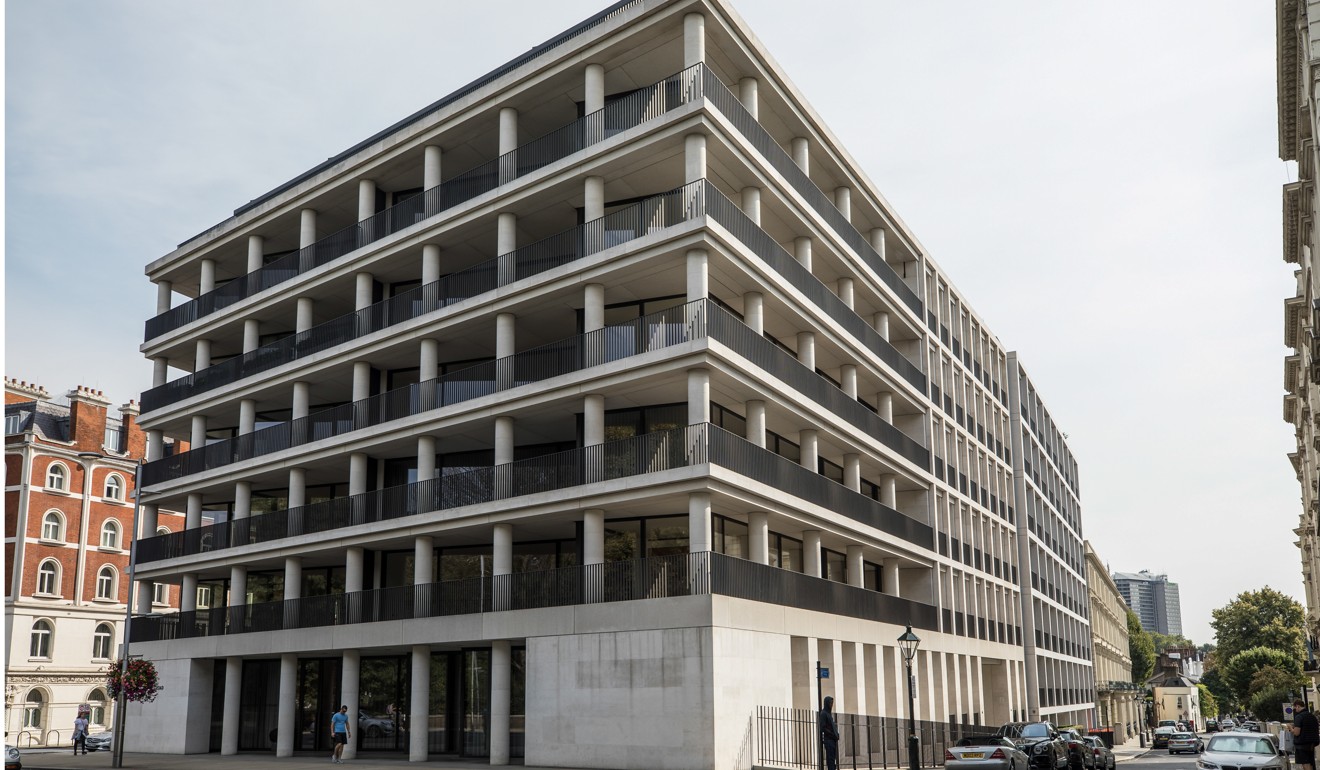
Co-living luring London property investors back
As growing numbers of young people say they are lonely, these new developments are focusing on four areas: convenience, community, connectivity and city living
It has been a while since any positive investor news has come out of London’s property market. Latest figures suggest the city is cooling with a decline of 1.9 per cent year-on-year and average yields at stubbornly low levels.
Some 24 London boroughs have seen price falls over the last 12 months compared to only nine that have seen price rises.
One latest London real estate asset class, however, already growing in popularity in Hong Kong and across Asia too, is bucking the trend – co-living.
Such flat blocks of smaller private rooms and larger communal amenities is being viewed as the inevitable evolution of the booming “sharing economy”, which is projected to be worth US$335 billion by 2025.

In Britain’s capital city, the shortage of affordable housing solutions against a backdrop of demand has paved the way for this new asset class to take shape.
For many, London is still the city to beat all others. It remains a magnet for talent, students and businesses.
The city took the top spot in PWC’s City of Opportunities listing compared with Hong Kong and Singapore which ranked ninth and second respectively.
Up to date technology, communal modern kitchens, dining rooms, living areas, co-working spaces and gyms are standard offerings. Some co-living developments have games rooms, spas, restaurants and cinemas
But one fact remains. London property is unaffordable for many, particularly the younger generation. As it is in those two Asian cities.
The residential market is also not particularly attractive for investors. The resale market is seeing little in the way of capital uplift. Renting is becoming the norm (65 per cent of under-35s are renters) but yields are low as wage and inflation pressures suppress the ability for tenants to pay higher rents.
The expectations of renters are also changing, particularly when it comes to technology, work and socialising.
From paying rent to reporting issues with their property, young tenants prefer to conduct their home affairs online or through an app.
The way they interact with others is changing too. Recent studies show that the rates of alcohol consumption, particularly among millennials and Generation Z, is declining.
Fewer people want to meet their friends for a night out on the town and deal with the consequences of social media the next day. On the flip side, the 16-24 age group are reporting the highest rates of loneliness.
The co-living sector is stepping in to fill these changing demands and respond to increasing housing issues. The new developments are focusing on four areas: convenience, community, connectivity and city living.

Up to date technology, communal modern kitchens, dining rooms, living areas, co-working spaces and gyms are standard offerings. Some co-living developments have games rooms, spas, restaurants and cinemas.
Short-term rental contracts are available (some even having a minimum stay of just days), allowing this new generation of tenants to move across the city, or indeed the world, in search of new experiences.
Renters may have to sacrifice larger private living spaces, but the upside is enviable access to more amenities, friends and business opportunities than a standard London flat could ever provide.
Today’s younger generation have grown up in a fast-moving digital age and an environment of collaboration and flexibility. Co-living solves the need for those who want to balance private living with socialising and business networking by bringing it all under one roof. Best of all, co-living accommodation provides a cheaper alternative for renters, with cost savings of roughly 25 per cent per month.

“The Collective” was the UK’s first large-scale example of co-living when it opened in 2016, promising residents “you won’t need to leave the building, everything is at your fingertips”.
Since then, the Greater London Authority has acknowledged co-living as a form of accommodation and developers have been quick to submit plans for new sites across Canary Wharf, Stratford, Ilford and London Bridge.
Co-living solves the need for those who want to balance private living with socialising and business networking by bringing it all under one roof
The Collective has since raised US$400 million as part of its co-living expansion plans, no doubt in a bid to mimic the success of its sharing-economy cousins WeWork, Airbnb and Uber.
In fact, German entrepreneur Jonathan Teklu, one of the early backers of Airbnb, is one of the investors in The Collective’s latest round of fundraising.
As rosy as it sounds, investment in the sector is not without its challenges. Firstly, the planning guidelines and what defines co-living across the London boroughs are not particularly clear and consistent.
Furthermore, creating a co-living product that is institutional grade and that provides a suitable product and user experience in the long term is challenging as the sector is relatively untested.
Investing in this sector will require a patient asset-by-asset approach. It is necessary to secure a planning scheme that is relevant to a workable user product, to purchase the real estate for value in a central location with good access to transport, and to make the financial side of things work.
QIP sees a strong medium to long term investment opportunity that is very similar to what we have seen in UK student accommodation real estate.
Peter Young is the chief executive of Q Investment Partners

